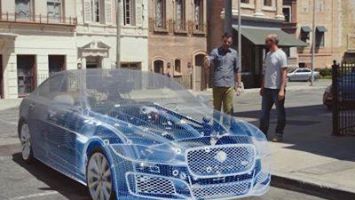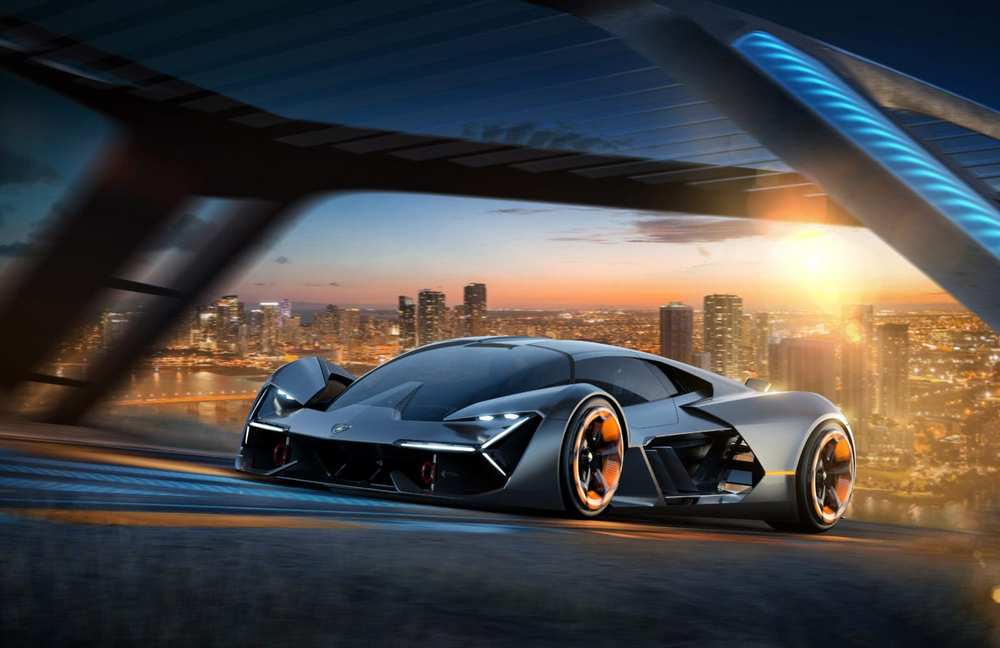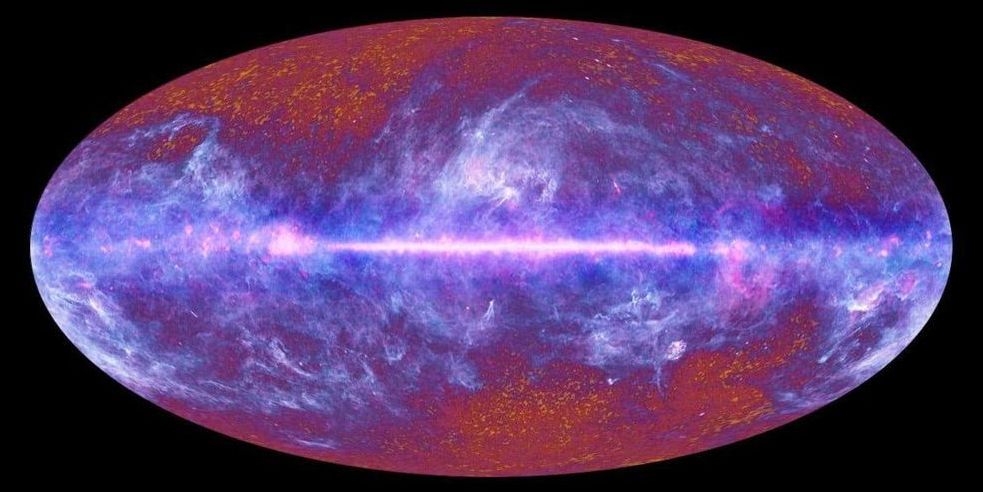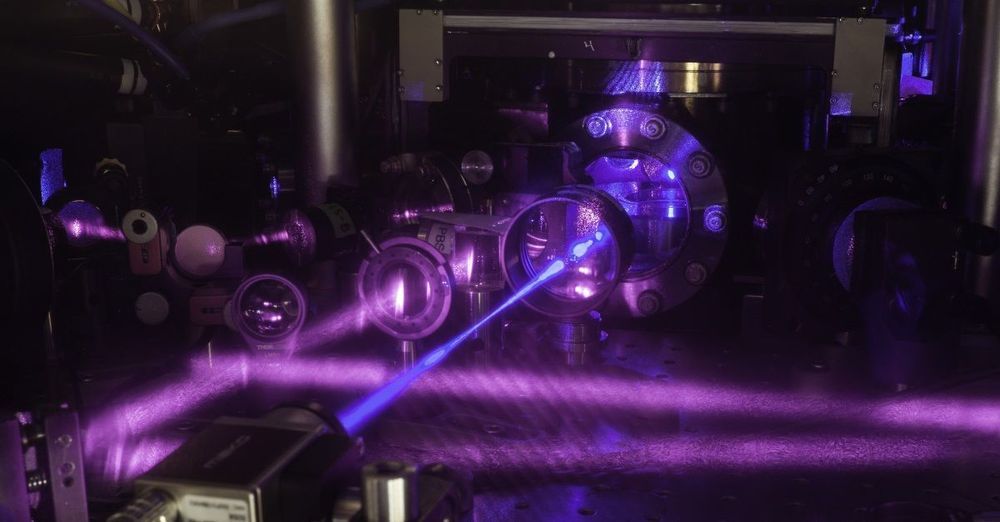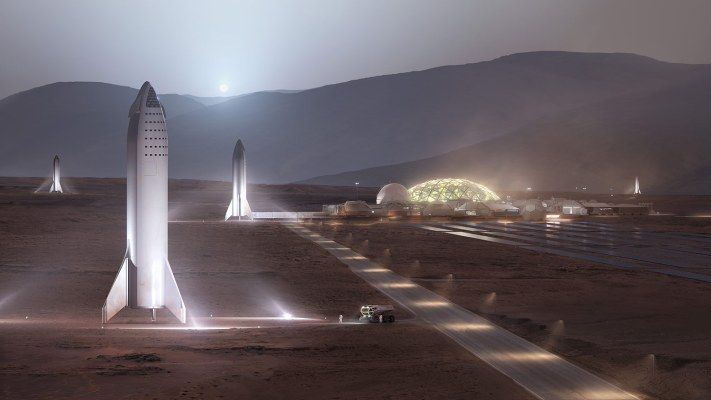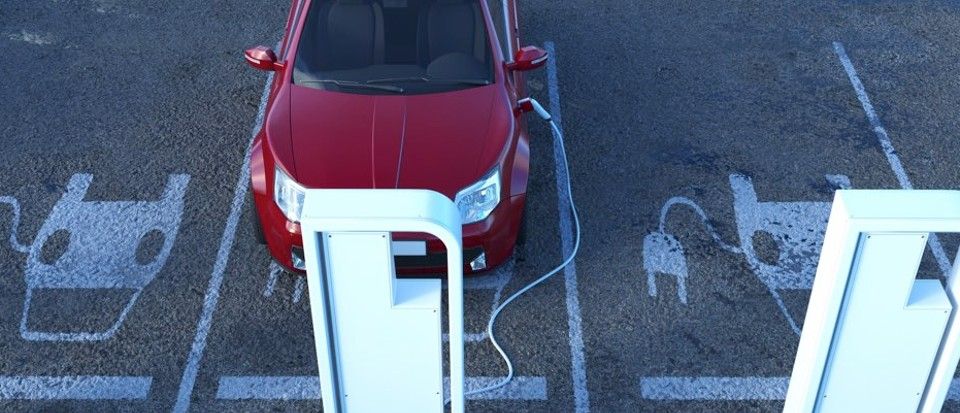Archive for the ‘transportation’ category: Page 399
Nov 11, 2019
Kitty Hawk’s Extremely Quiet Flying Car Has a 100-Mile Range
Posted by Quinn Sena in category: transportation

It can reportedly cover the 55 miles between San Jose and San Francisco in just 15 minutes.
Nov 11, 2019
Lamborghini & MIT Announce new Patent for Supercapacitors
Posted by Quinn Sena in categories: energy, transportation
face_with_colon_three
Batteries are nice to have in hybrid cars. They offer consistent voltage and energy storage to assist the gasoline engines. But electricity can be stored in other ways. A capacitor also stores electrons, but it releases them all at once. Power of this magnitude has never been harnessed by a car, so that’s why Lamborghini and MIT have announced a new patent for supercapacitors.
Nov 10, 2019
New Research Suggests the Universe May Be A Closed Sphere, Not Flat
Posted by Paul Battista in categories: cosmology, transportation
Most people think of space as a flat sheet: You travel in one direction, and you end up far from your starting point. But a new paper suggests that the universe may in fact be spherical: If you travel far enough in the same direction, you’d end up back where you started.
Based on Einstein’s theory of relativity, space can bend into different shapes, so scientists assume the universe must be either open, flat, or closed. Flat is the easiest shape to understand: it is how we experience space in our everyday lives, as a plane in which a beam of light would extend off into infinity. An open universe would be saddle-shaped, with a beam of light bending across the curvature. And a closed universe would be a sphere, with a beam of light eventually looping back around it to meet its origin.
In order to tell which shape our universe is, scientists can look at a phenomenon called the cosmic microwave background (CMB). This is the electromagnetic radiation which remains from the Big Bang, also called “relic radiation.” It fills all of space and can be detected with a sufficiently powerful radio telescope.
Nov 8, 2019
Frequency combs shape the future of light
Posted by Saúl Morales Rodriguéz in categories: physics, transportation
This year marks the 20th anniversary of the first time an optical-frequency comb was used to measure the atomic hydrogen 1S-2S optical transition frequency, which was achieved at the Max-Planck-Institut für Quantenoptik (MPQ) in Garching, Germany. Menlo Systems, which was founded soon afterwards as a spin-off from MPQ, has been commercializing and pioneering the technology ever since.
Today, optical frequency combs (OFCs) are routinely employed in applications as diverse as time and frequency metrology, spectroscopy, telecommunications, and fundamental physics. The German company’s fibre-based systems, and its proprietary “figure 9” laser mode-locking technology, have set the precedent for the most stable, reliable, robust, and compact optical frequency combs available on the market today.
An optical frequency comb exploits laser light that comprises up to 106 equidistant, phase-stable frequencies to measure other unknown frequencies with exquisite precision, and with absolute traceability when compared against a radiofrequency standard. The most common and versatile approach to create an OFC is to stabilize an ultrafast mode-locked laser, in which pulses of light bounce back and forth in an optical cavity. The frequency spectrum of the resulting pulse train is a series of very sharp peaks that are evenly spaced in frequency, like the teeth of a comb.
Nov 7, 2019
Elon Musk says building the first sustainable city on Mars will take 1,000 Starships and 20 years
Posted by Genevieve Klien in categories: Elon Musk, sustainability, transportation
SpaceX CEO Elon Musk went into a bit more detail about the timelines and vehicle requirements to not only reach Mars, but to set up a sustainable base on the Red Planet that can serve as an actual city, supporting a local population. That’s the long-term vision for Musk and his space technology company, after all — making humans an interplanetary species. The timeline that Musk discussed today, replying to fans on Twitter, might be incredibly impressive or incredibly ambitious, depending on your perspective.
Addressing a question about comments he made earlier this week at the U.S. Air Force startup pitch day event in California, Musk said that his stated launch cost of only around $2 million per Starship flight are essentially required, should the final goal be to set up a “self-sustaining city on Mars.” In order to make that city a reality, he added, SpaceX will need to build and fly around 1,000 Starships according to his estimates, which will need to transport cargo, infrastructure and crew to Mars over the course of around 20 years, since planetary alignment only really allows for a realistically achievable Mars flight once every two years.
Musk addressed more near-term potential for Starship as well, including how much payload capacity Starship will provide for Earth orbital transportation. Starship’s design is intended to maximize re-use, and in fact Musk noted that ideally it can fly up to three times per day. That amounts to more than 1,000 flights per year per Starship, which means that if they end up with as many Starships as they currently have built Falcon rockets (around 100) and those can each transport as much as 100 tons to orbit, then on an annual basis, SpaceX will be able to launch upwards of 10 million tons to orbit per year.
Nov 7, 2019
New battery tech could help electric cars charge in just 10 minutes
Posted by Genevieve Klien in categories: sustainability, transportation
The speed at which current lithium-ion batteries can be charged is limited by a phenomenon known as lithium plating – the build-up of metallic lithium on the battery’s positive electrode – that happens when they take on charge at an accelerated rate. This severely reduces the battery’s life.
Nov 6, 2019
Flatland light: Researchers create rewritable optical components for 2-D light waves
Posted by Quinn Sena in categories: mathematics, nanotechnology, particle physics, transportation
In 1884, a schoolmaster and theologian named Edwin Abbott wrote a novella called Flatland, which tells the story of a world populated by sentient two-dimensional shapes. While intended as a satire of rigid Victorian social norms, Flatland has long fascinated mathematicians and physicists and served as the setting for many a thought experiment.
One such thought experiment: How can light be controlled in two dimensions?
When a wave of light is confined on a two-dimensional plane by certain materials, it becomes something known as a polariton—a particle that blurs the distinction between light and matter. Polaritons have exciting implications for the future of optical circuits because, unlike electronic integrated circuits, integrated optics is difficult to miniaturize with commonly used materials. Polaritons allow light to be tightly confined to the nanoscale, even potentially to the thickness of a few atoms.
Nov 6, 2019
Harley-Davidson electric bicycles get their first public debut
Posted by Quinn Sena in category: transportation
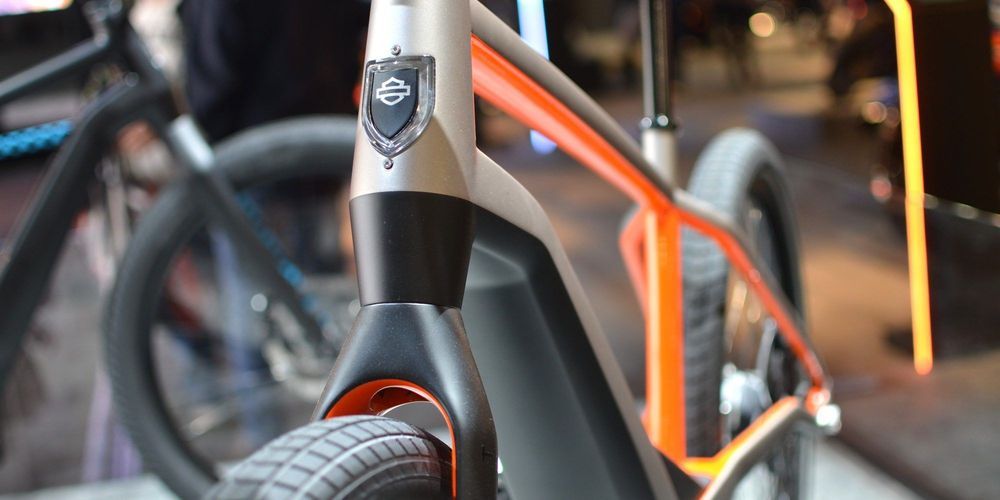
Harley-Davidson hasn’t been shy when it comes to talking about its ambitious electric bicycle goals. In fact, Harley-Davidson electric bicycles are a big part of the More Roads to Harley Davidson plan.
Nov 6, 2019
China mulls $10 trillion Earth-moon economic zone
Posted by Klaus Baldauf in categories: economics, transportation
China is mulling of establishing an Earth-moon space economic zone by 2050, with insiders expecting the zone to generate $10 trillion a year.
Bao Weimin, director of the Science and Technology Commission of the China Aerospace Science and Technology Corporation, revealed the ambitious plan at a seminar on space economy on Wednesday, media reported Friday.
In a report on developing earth and moon space, Bao shared his thoughts on the huge economic potential in this field and pledged that the country would study its reliability, cost and flight-style transportation system between the Earth and moon, The Science and Technology Daily reported Friday.
